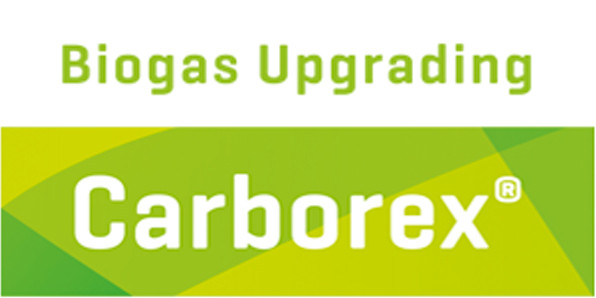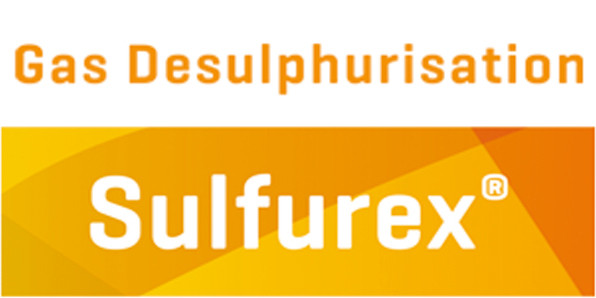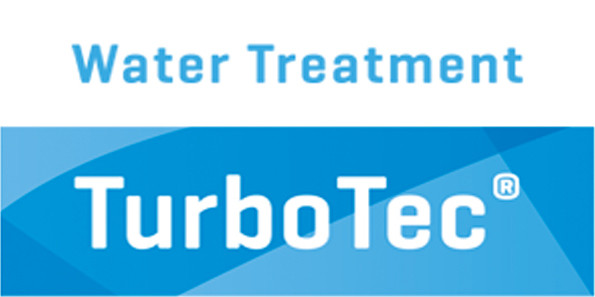Biogas Upgrading
Biogas Upgrading
With a Carborex MS your biogas will be upgraded to pure methane. The biomethane can be supplied to the national gas grid, or be compressed to Natural Gas to be used as vehicle fuel. DMT’s Carborex MS in Poundbury, UK, was the first commercial biogas upgrading system in the UK, and the first in Europe in 2012. DMT is now the largest producer of biogas upgrading facilities in the world with membrane technology. In 2016 we sold the biggest biogas upgrading plant in the USA. Biogas upgrading contributes to the creation of circular economies and energy independence. Out of wastestreams clean gas can be provided to houses as well as fuel for transport and mobilty. Biomethane is fossil-free, it is the energy of the future.
Renewable Fuels
Producing natural gas in a sustainable way can be done by upgrading of biogas. Biogas is a gas produced by fermentation of biological waste products and mainly contains methane (CH4) and Carbon dioxide (CO2). Upgrading means that the methane is separated from the carbon dioxide, resulting in a very pure methane gas flow. Unlike biodiesel and bioethanol, this bio-methane has better properties than its fossil counterpart natural gas.
Carborex MS
The biogas upgrading process can be performed with the Carborex MS, which separates methane from carbon dioxide by the use of membrane technology. This process has the advantages that it is a dry process (no chemicals involved), it has low energy consumption and is easy to operate. The whole system is built on a skid or in a container which results in a low footprint and easy transportable system. It is therefore a clear cleantech solution with low operational costs (OPEX).
Membranes
The membranes inside the Carborex MS are built up of hundreds of hollow fibers which looks like spaghetti. The hollow fibers are non-porous and made of polymers. The separation of methane and Carbon dioxide occurs because of the difference in diffusivity. The molecular structure of carbon dioxide allows this molecule to pass through the polymer material faster than does the molecule of methane. Biogas enters the membrane inside the hollow fibers. The separation results in a carbon dioxide rich stream at the permeate side of the membrane and a methane rich stream at the retentate side of the membrane.
Pre-treatment and compression
As mentioned before, biogas consists mainly of methane and carbon dioxide. However there are still some other components that have to be removed before entering the membranes. For example, biogas contains in many cases also H2S, Mercaptans and Terpenes which have to be removed. But also the gas contains water which is preferably removed before entering the membranes. For this reason the Carborex MS contains a pre-treatment section where these components are removed. The next step is to compress the gas up to 16 bar by a compressor. The pressure optimized the separation of the methane and carbon dioxide by increasing the permeability of the membrane.
Multistage vs Single stage
One membrane contains hundreds of hollow fibers, the Carborex MS contains many membranes. Depending on the inlet flow the amount of membranes inside the Carborex MS can vary. Even though a membrane separates CO2 from CH4, the selectivity of one membrane is not 100%. This means that at the end of one membrane, the methane flow still contains a certain amount of Carbon Dioxide. To achieve high purity of methane at the end of the process therefore another set of membranes are placed after the first set of membranes. We call one set of membranes a stage. The multi-stage process can in this way achieve methane concentrations of > 98%. On the permeate side, because of intelligent recycle loops, the methane concentration in the carbon dioxide stream can be reduced to <0,5%.
Easy operation
The Carborex MS is an excellent example of what DMT calls Plug&play technology. The whole system can be start up with one simple touch on the start button. The system is robust and stable. Therefore the system has low maintenance. Because it is a dry process, no after-treatment of waste streams is required.
End Products
The biomethane from the Carborex MS can be used for several purposes. As the bio-methane is a replacement for natural gas, it can be injected inside the natural gas grid. In case no gas grid is available the gas could be used as transport fuel. In this case the gas is compressed to 250 bar as bio-CNG or liquefied (-162 degrees Celsius) as Bio-LNG.
Bio-LNG product description
Liquefied green gas
Liquefied Natural Gas, from the liquefaction of high quality biomethane, can take pride in being the only bio-fuel better than its fossil counterpart. Research shows that Bio-LNG is the most cost effective fuel available today for CO2 emissions reduction and therefore an ideal investment for reaching climate goals. By combining clean combustion, easy transportation, flexibility and higher security both in terms of reserves capacity and stability of price, Bio-LNG is gaining access worldwide as the fuel of the future. And DMT can make it.
Carborex®LNG in four steps
After screening already established as well as promising new technologies, common problems associated to the liquefaction of biogas (like the presence of contaminants and the freeze out of components such as CO2 and H2O) were overcome by developing a process comprising of four steps. First the biogas is pre-treated for the removal of toxic and harmful contaminants and H2O. Next the biogas is upgraded and polished by membranes in the unique plug-and-play Carborex®MS . Finally the gas is liquefied in a Carborex®LNG and ready to be distributed to fuel stations.

Up to 30 tons per day
While the technology by DMT guarantees a H2O-free, CO2-poor gas stream at high pressure, the liquefaction cycle can harness these same advantages into increasing its own efficiency and eliminating quality related operational risks. The result is a low-cost flexible process, available and scalable up to 30 tons per day which offers a varying degree of integration of the upgrading and liquefaction steps.
DMT Environmental Technology
The utilization of organic waste streams lies key in the effort towards diminishing our dependence on fossil fuels and solve a growing environmental problem at the same time. DMT Environmental Technology with her challenge to create a clear and prosperous future has proven her expertise in biogas upgrading and compressing and liquefying biomethane.
- Region: Asia , Europe , MENA , North America
- Country: France , Hungary , Ireland , Italy , Netherlands , Spain , Sweden , United Kingdom , Malaysia , United States , Israel , Estonia
- {{ error }}
- Request sent successfully.






